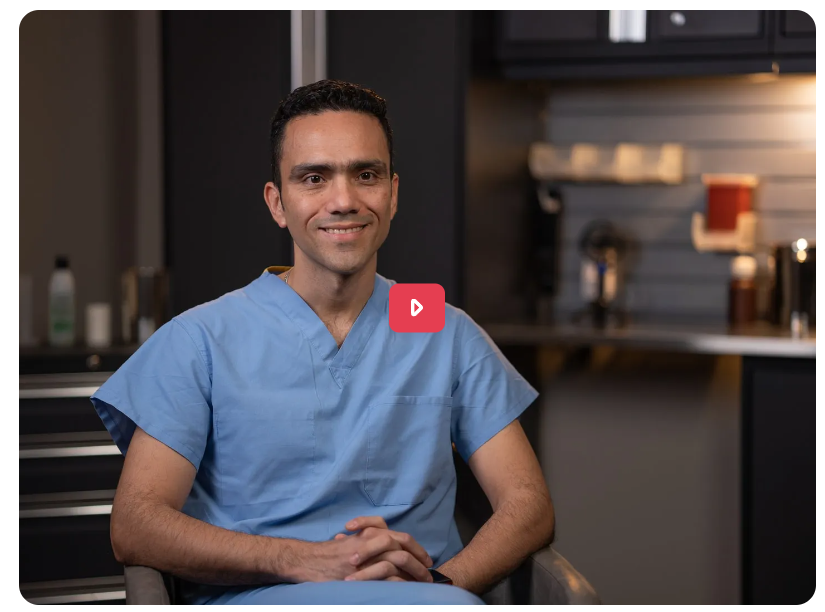The freedom to decide without pain
no needle no scalpel
Discover a comfortable and safe alternative for family planning. SimpleVas no-scalpel vasectomy is quick, painless, and allows you to get back to your life in.
Affordable $699
Without insurance

Vasectomy benefits
No scalpel, no pain
Fast recovery
Safe and permanent method
Personalized advice and specialized attention
Testimonials
Thousands of men have already taken the step towards uncomplicated family planning
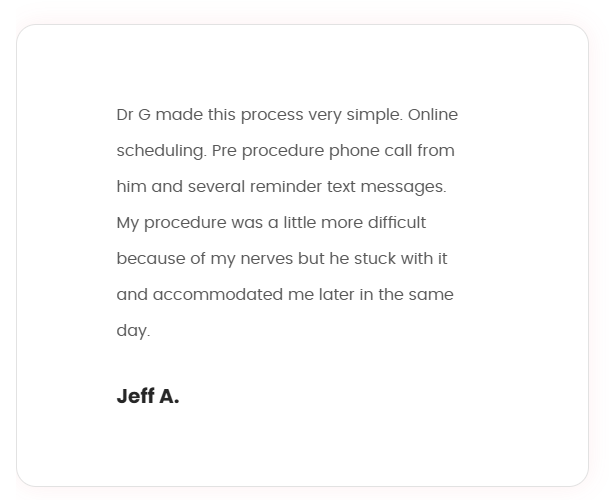
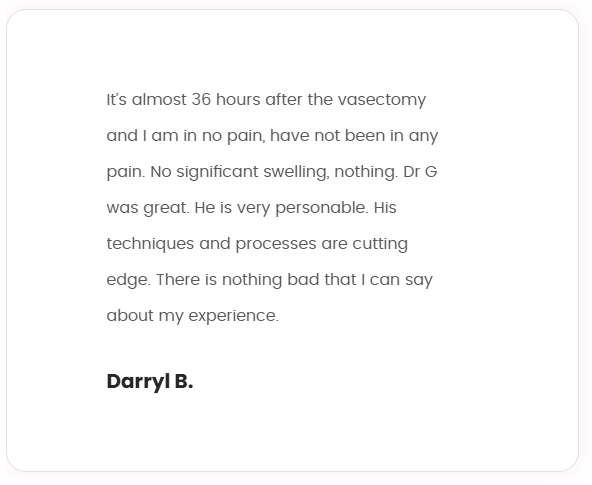
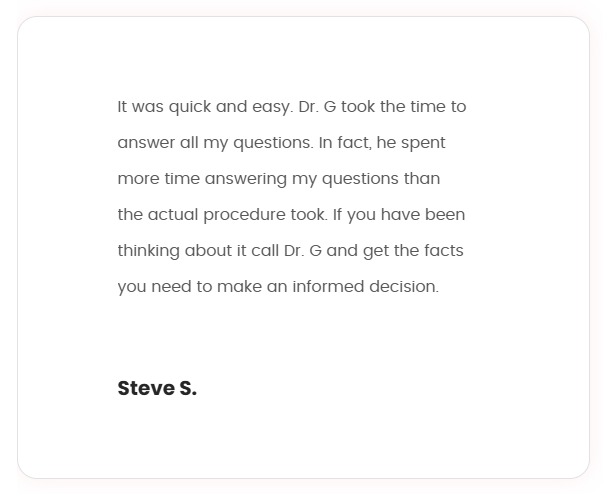

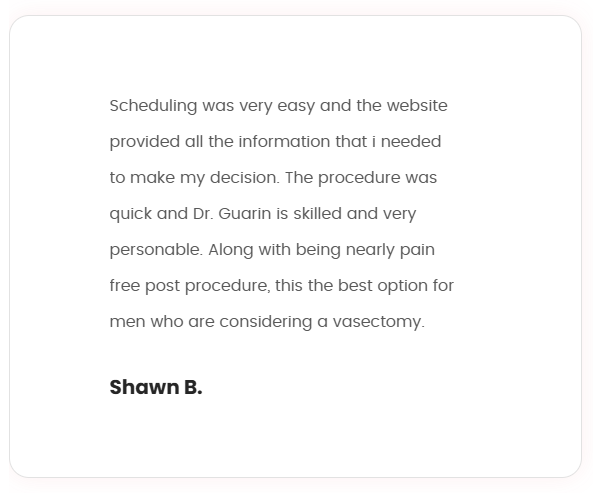

Fears and doubts?
For many men, family planning can be accompanied by fears and doubts. Fear of pain, fear of complications, or fear of making an irreversible decision are just some of the obstacles.
Why choose SimpleVas?
At SimpleVas, we remove these barriers with a modern and safe approach: the no-scalpel vasectomy. This painless procedure offers you a reliable, fast and permanent solution for your family planning.
How is A Vasectomy Done
Book Your Vasectomy Online
About Us
Simple. Effective. Affordable.
SimpleVas® was created to make it truly SIMPLE for men to get vasectomies. A vasectomy is often a difficult and intimate discussion for men to have, and it often contains a lot of misinformation. We are dedicated to dispelling these myths.
Our minimally invasive–no needle, no scalpel–procedure takes less than 15 minutes and costs less than you think. Dr. Esgar Guarín (Dr. G) is the only DEDICATED VASECTOMY SURGEON in the state of Iowa offering patients affordable vasectomies.
Everything you need to know about SimpleVas®
What Is It?
VASECTOMY
Vasectomy is a dependable method of birth control for men who do not want any or any more children.
Developed as a means of contraception in the early 20th century, and popular (500,000 procedures per year) since the 1950s.
It is a simple, 15-minute procedure performed in a doctor’s office or clinic with a local anesthetic.
The objective is to prevent sperm from entering the semen, 97-98% of which is just support fluid made by glands called the prostate and seminal vesicles, located in the pelvis behind and beneath the bladder.
How Does The Sperm Move?
ANATOMY
Sperm are made in the testes
From each testicle, sperm move through a long curled-up tube behind the testis (epididymis) wherein they become mature. From there, they swim up a foot-long tube (VAS) which guides them up to the channel (urethra) through which men urinate and ejaculate. Just before entering the urethra, the left and right vas tubes are enlarged, and it is here, behind the bladder, where many sperm are stored between ejaculations.
How Is It Done?
GETTING TO THE VAS
The easiest place to access the vas tubes is just above the testes where the vas tubes are just beneath the thin scrotal skin – easy to feel and very mobile.
ANESTHESIA
During SimpleVas® Vasectomy, Dr. Guarín administers an anesthetic solution with a pressure spray applicator (MadaJet®) to numb the scrotal skin and the vas tubes without using any needles.
NO-SCALPEL TECHNIQUE
During SimpleVas® Vasectomy, Dr. Guarín uses special instruments to perform the procedure through a single, tiny access-opening (about ¼ of an inch) on the front side of the scrotum. This usually seals within hours, so no stitches are needed.
EXPOSING THE VAS
Through the small incision, each vas deferens is delivered to the exterior where it can be interrupted.
BLOCKING THE VAS TUBES
Each vas (left and right) is divided about one inch above each testis, where it is just beneath the thin scrotal skin and is very easy to reach.
- Some operators remove a piece of vas, others don’t. I don’t remove a segment.
- Some operators tie off one or both vas ends using permanent or absorbable sutures or the small clips used to stop bleeding blood vessels during other types of surgical procedures. I don’t tie the ends.
- Others cauterize (burn) the ends so that they will seal by scarring. I cauterize the segment going into the abdomen.
- Still others simply place the divided ends out of alignment, by closing the vas sheath between the two ends with a suture or tiny clip so the ends won’t grow back together. I close the sheath between the two ends and secure it with an absorbable suture. The suture will be dissolved within 60 days.
Is It Effective?
Dr. Guarín follows a very effective technique (with less than 0.5% failure rate) in which the portion of each vas that goes towards the abdomen is cauterized, buried into the surrounding tissue, and secured with an absorbable suture, while the portion that goes to the testicles is left open and free flowing (which reduces the risk of congestion post-vasectomy).
Why SimpleVas® Is Done On Weekends?
Most patients don’t have to take time off from work for their recovery. So by Monday, you’re back to work without major restrictions.
By having clinics on weekends, Dr. Guarín can spend exclusive time with his vasectomy patients. This reduces the need for patients to request time off from work, as the recovery from the procedure will only take a couple of days.
I understand there are some patients for whom weekends may not work on an immediate basis. I apologize for this, but you may be able to plan for a future clinic that might work. It is still a great advantage for most patients.
What Am I Supposed To Do BEFORE Coming For A SimpleVas® Vasectomy?
- DO NOT TAKE ASPIRIN, IBUPROFEN, or NAPROXEN within two (2) days of the procedure. If you are taking medications, please record them in the registration page.
- Bring someone with you. Although your procedure will NOT limit your ability to drive, you may want to have someone there for support or to assist you in the case of unexpected events, such as a flat tire – you don’t want to be on the side of the road dealing with a vehicle just after a surgery.
- Make sure that you wear a jockstrap (it will be provided to you for the procedure), athletic supporter, or tight underwear. Wear it when you come to your surgery (under your underwear). During the week following the surgery, we suggest you use it for more scrotal support and comfort, particularly if physically active at work.
- Please trim the hair of your scrotum prior to the surgery, this will allow for a quicker preparation for the procedure and an easier surgical field.
- Take a shower prior to your surgery to minimize the potential of skin infections due to limited hygiene.
* Upon scheduling your vasectomy (and payment of your deposit fee), you will be mailed a SimpleVas® Box with complete instructions
What Happens AFTER SimpleVas® Vasectomy?
- Reminder: sperm needs to be released. About 98% of men are sperm-free after 20 ejaculations and 12 weeks.
- It is important to have a semen sample checked and to use other forms of birth control until it is confirmed by microscopic examination that the semen is sperm-free.
- Sperm is still made by the testes but can no longer pass through the vas, so white blood cells ingest and digest the retained sperm, recycling the proteins back into the system for use in other body functions.
- Men usually notice:
- No change in the semen
- No change in sex drive
- No change in climax sensation
- No change in the testes or scrotum
- No change in erections
What Are the RISKS of a Vasectomy?
Bleeding can occur during or after vasectomy, but it is less common with a non-scalpel method like SimpleVas Vasectomy.
- If this occurs within the scrotum, drainage of a scrotal hematoma (blood clot) in a hospital operating room may be necessary. Smaller hematomas do not require surgical drainage, but tender swelling can last for two to four weeks. Both large and small hematomas are very rare. If the scrotal skin bleeds at the vasectomy access site, the scrotum can become discolored (black and blue) for about a week. This discoloration is more common than swelling, but painless.
Infection is also a rare complication. Mild infections (swelling unresponsive to anti-inflammatory medications) respond to oral antibiotics. It is rare to require drainage of infected areas.
Sperm granuloma is a pea-sized (sometimes tender) lump on the vas tube at the vasectomy site, but it almost never requires treatment.
- They may increase the likelihood of success with vasectomy reversal. Periodic tenderness usually responds to an anti-inflammatory medication like Ibuprofen.
Congestion, tender buildup of sperm and white blood cells upstream from or at the vasectomy site, can occur anytime after vasectomy, but usually goes away with use of an anti-inflammatory drug such as Aspirin or Ibuprofen.
- About one in 2000 patients will experience chronic post-vasectomy discomfort (PVPS or Post-Vasectomy Pain Syndrome) severe enough that he will seek vasectomy reversal or neurolysis (division of the sensory nerves coming from the testes). A larger percentage may have milder forms of chronic pain that can affect quality of life but not severely enough to seek vasectomy reversal.
Recanalization is the development of a channel for sperm flow between the two cut ends of the vas.
- If recanalization happens during the healing process (early), the semen never becomes sperm-free until the vasectomy is repeated.
- If recanalization happens months or years after a man’s semen has been examined and declared sperm-free (late), an unplanned pregnancy could result, but the odds of this occurring are far less after vasectomy than the odds of pregnancy with any other form of birth control, including birth control pills and tubal ligation (female sterilization).
- Failure rates of vasectomy vary with the technique used to obstruct sperm flow through the vas tubes. The early failure rate is about one in 2500 and the late failure rate is one in 3500.
Are There Any LIMITATIONS of SimpleVas® Vasectomy?
- Vasectomy is NOT 100% reversible *
- Patients must use other forms of birth-control until the semen has been tested and deemed to be sperm-free
- Vasectomy does not prevent transmission of sexually transmitted diseases (STDs).
- Since reversal attempts often do not lead to pregnancy, vasectomy should be considered an irreversible and permanent form of contraception.
Before choosing vasectomy, couples, especially couples in their 20s with fewer than three children, should consider all other forms of reversible contraception including birth control pills, shots, patches, implants, and barrier methods, such as the condom and diaphragm. Couples using barrier methods should also be aware that emergency contraception (“the morning after pill”) is readily available.
To call us from your mobile phone click here
Simple. Effective. Affordable.
Main Office | Pleasant Hill
Main Office | Pleasant Hill 5191 Maple Drive, Suite L Pleasant Hill, IA 50327
East Office | Cedar Rapids
East Office | Cedar Rapids 3726 Queen Ct. SW, Suite 104 Cedar Rapids, IA 52404
Kansas City Office | Lee's Summit
100 NE Tudor Road Suite 105, Lee's Summit, MO 64086
